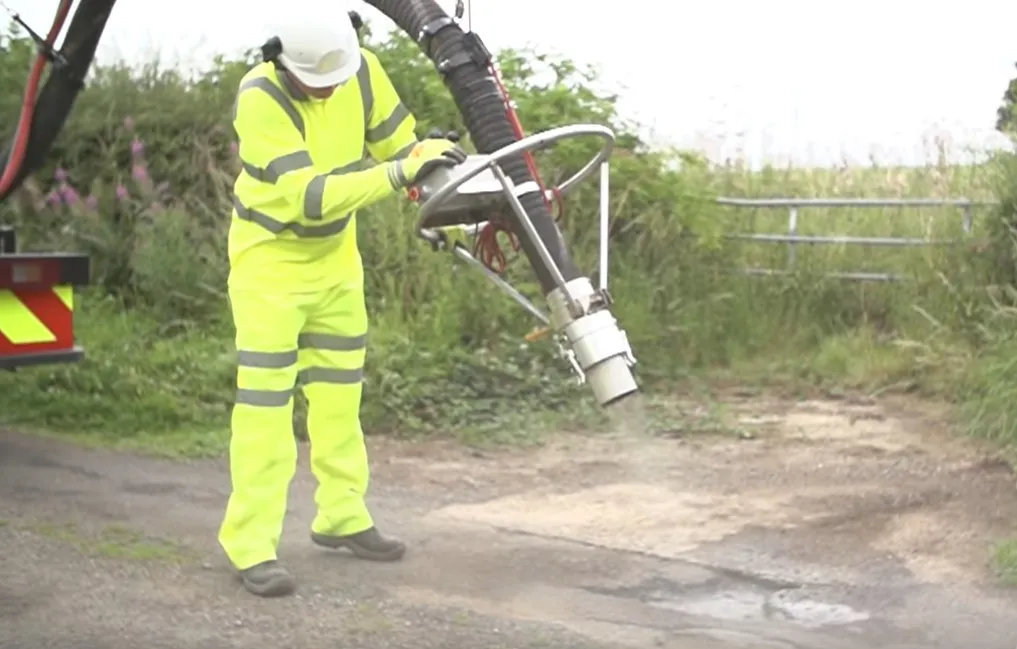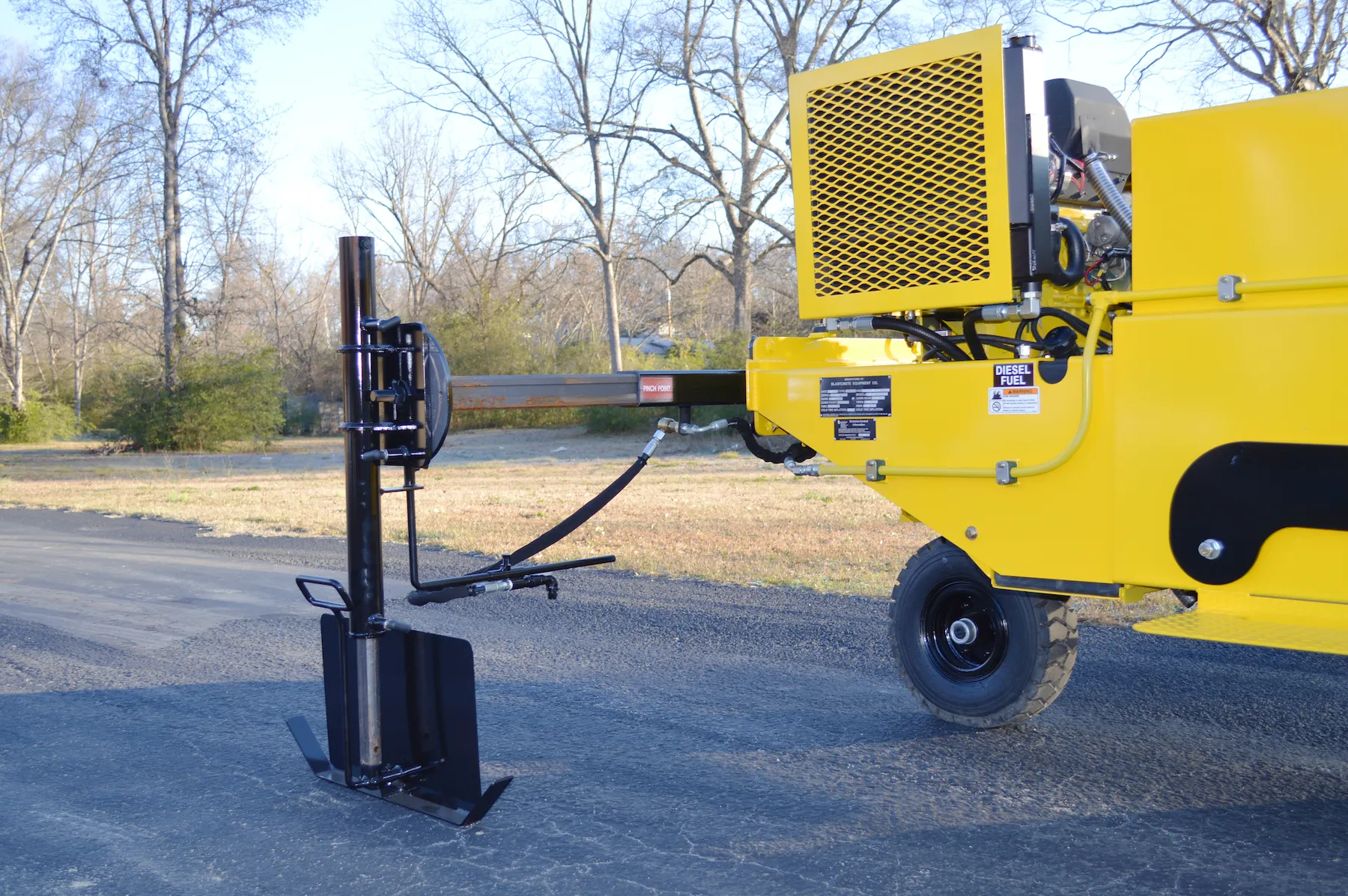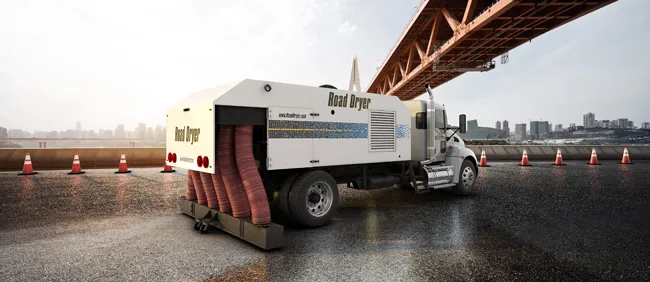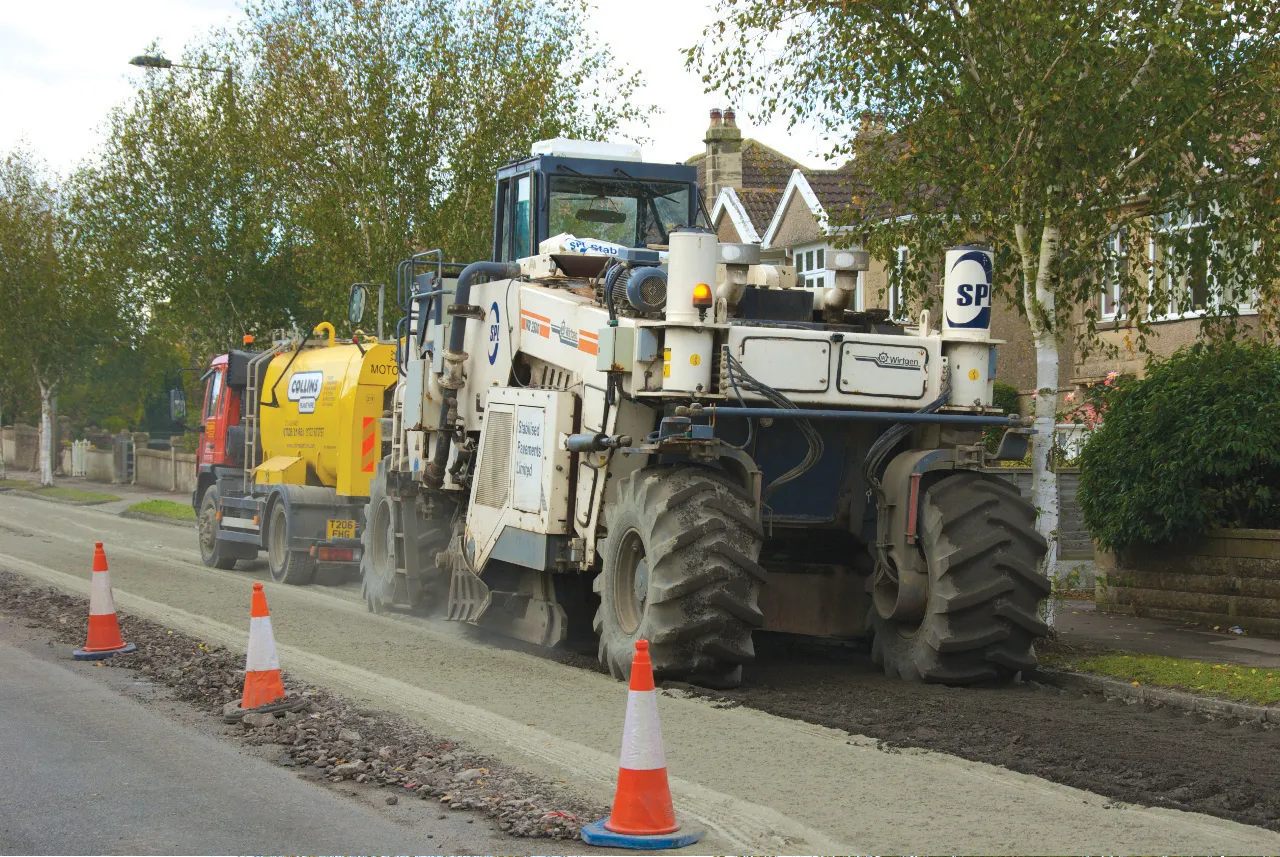
Pothole problems are a major cause of traffic delays and vehicle damage, not to mention a cause of road accidents that may result in fatalities. For all these reasons, patching potholes should be a top priority for road agencies and local government in all countries.
But fixing potholes efficiently, cost effectively and making the repair as permanent as possible takes the best technology available, technology that has been proven to be effective.
Designed specifically to address pothole repairs, Jetpatcher Corporation says that the Jetpatcher system is a proven technology. It was developed in 1987 and over 900 units have been sold into more than 40 countries.
According to the company, the machine takes around two minutes to fix the average size pothole. Using the Jetpatcher, traffic can drive over the repair straight away and this is guaranteed to last a minimum of 12 months. As a result, customers have been able to increase the number of repairs they can carry out using limited budget.
Because it takes around half the repair time of other methods, the process uses significantly less energy than conventional alternatives. This why Jetpatcher’s philosophy is ‘right first time’.
In the first of the four-step method, operatives use the high-volume blower to blast all loose debris and water from the pothole; cleaning it and preparing the hole for an effective patch.
The Jetpatcher now coats the pothole with an asphalt emulsion which seals the area and prevents further damage from occurring due to moisture.
In the third step, as the aggregate passes through the nozzle it is coated with emulsion and sprayed into the hole or broken road edge. The Jetpatcher asphalt mix is sprayed at speeds of up to 100kph ensuring compaction is from the bottom up to create denser than rolled asphalt.
For the final step, the wet top of the repaired area can now be protected from traffic flow, using either dry aggregate sprayed from the Jetpatcher. Or for inner city work where loose chip is a potential hazard, sand from an optional sand hopper can be built into the Jetpatcher unit.









